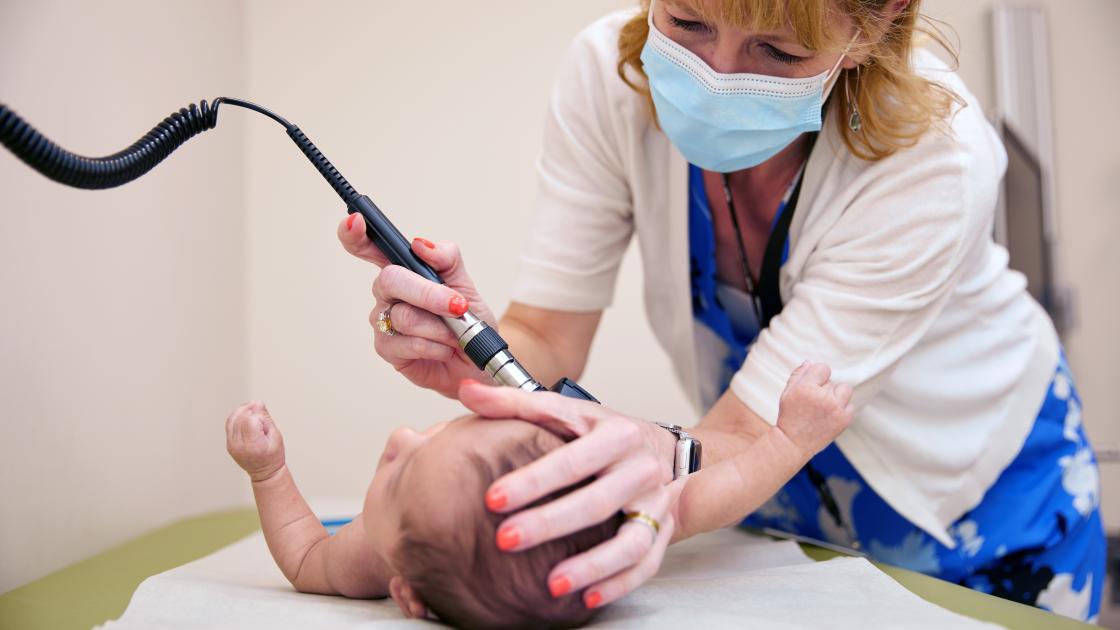Understanding congenital heart defects
February is a time to focus on the heart—and not just for Valentine's Day. SIU Medicine joins with the American Heart Association to recognize February as American Heart Month and specifically, to raise awareness of a common health condition: congenital heart defects.
5 things to know about congenital heart defects
1. Congenital heart defects are the world's most common birth defect.
Every year, 1.35 million infants are born with a congenital heart defect. A congenital heart defect is any abnormality in an infant's heart that developed while the child was still in the womb.
Many types of congenital heart defects exist. These defects affect the way the heart functions and pumps blood. Some of the most common are:
- Atrial septal defect
- Ventricular septal defect
- Tetralogy of Fallot
2. There are sometimes no warning signs or symptoms.
A child born with a congenital heart defect may have no symptoms or mild to severe symptoms, depending on the kind of defect. If symptoms are present, they may include:
- A bluish tint to the nails and lips (due to decreased oxygen levels in the blood and body)
- Difficulty breathing or unusually high respiratory rate
- Fatigue, especially during feeding
3. We don't always know why someone is born with a congenital heart defect, but there are possible risk factors and prevention measures.
Men and women who are planning to have children may be able to reduce their risk of having an infant born with a congenital birth defect by preventing possible risk factors. For example, smoking, obesity and chronic health conditions like diabetes are all possible risk factors for congenital heart defects. Making the necessary lifestyle choices to mitigate these issues (including regular exercise and appropriate nutrition) is essential.
Expecting moms are also encouraged to take an appropriate prenatal supplement, including folic acid, and should speak closely with their doctor about the types of medications they're taking.
4. A congenital heart defect can be diagnosed when the baby is still in the womb.
Certain types of congenital heart defects can be diagnosed during pregnancy with techniques such as fetal echocardiograms, an ultrasound to take pictures of a baby's heart. Many other infants are not diagnosed until after birth. In some cases, a person may not receive a diagnosis until adulthood.
5. Prognosis and treatment of congenital heart defects can vary.
Even though congenital heart defects can affect blood flow and heart function, many people born with this condition can live full and active lives, especially if they receive early and appropriate treatment. Overall, the prognosis and course of treatment depend on the type and severity of the defect itself—which is why regular communication with the patient's medical team is so important.
Is someone in your family affected by a congenital heart defect? Do you have a family history of heart problems and have questions about your or your future family's health? Our experienced and knowledgeable team of cardiologists and other providers are here to get you the answers and support you need. Contact SIU Medicine at 217-545-8000 to schedule an appointment today.



